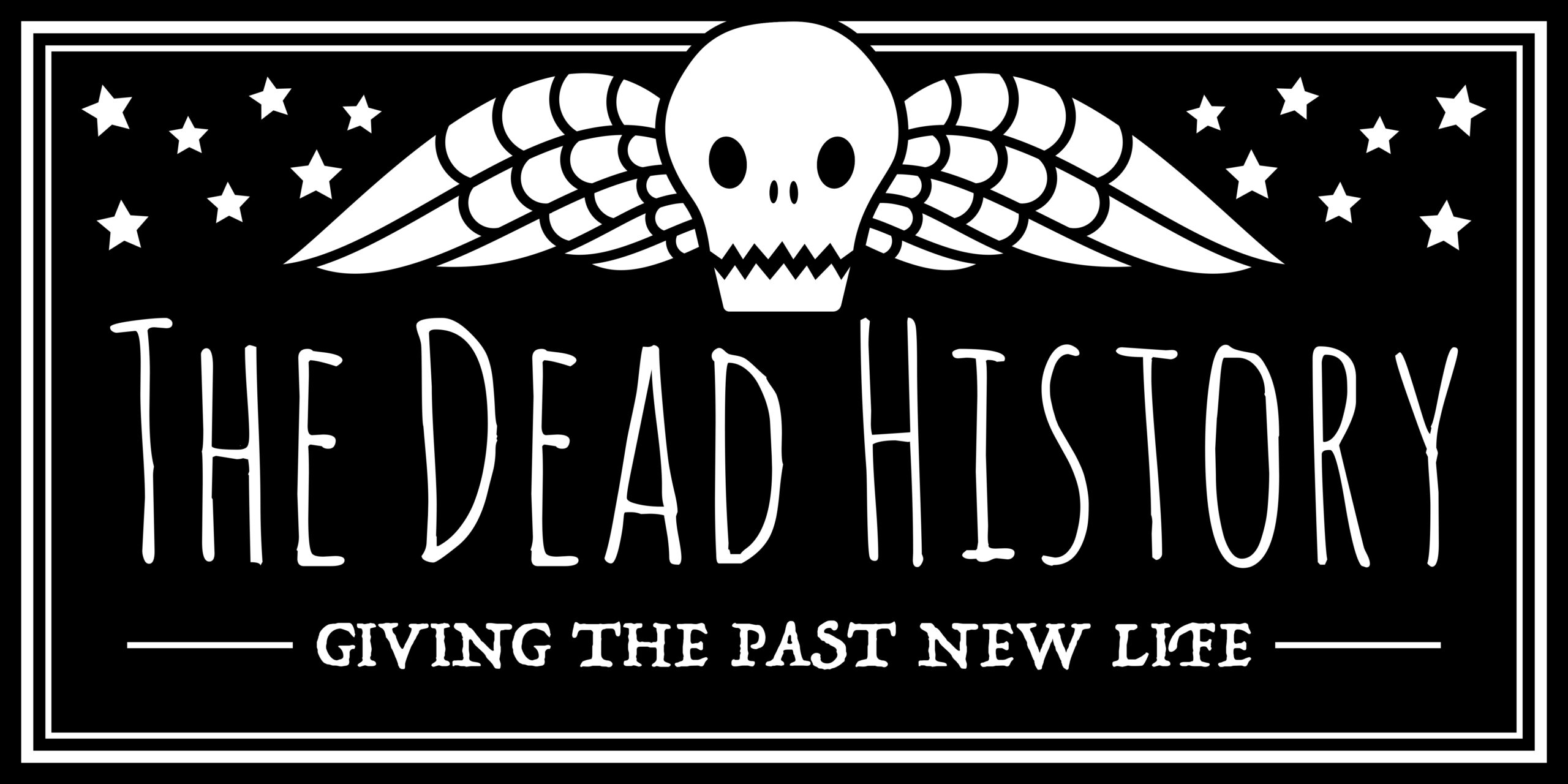A Valentine’s Day Visit to the Mausoleum I drive past the Mount Ogden Mausoleum almost daily and have always wanted to stop and look inside. But for whatever reason, I …
Tag:
ogden
-
A Headstone That Caught My Eye Dirk Groen’s grave in Ogden Cemetery caught my eye one day as I wandered through the headstones, camera in hand. I love exploring cemeteries, …
-
Discovering a Unique Monument Much to my children’s disappointment, I love wandering through cemeteries, camera in hand. They usually get dragged along — it builds character, right? We often visit …
According to local legend, if you flash the lights of your car onto Flo’s grave three times, her ghost will appear and approach you. Stories about how she died have …
